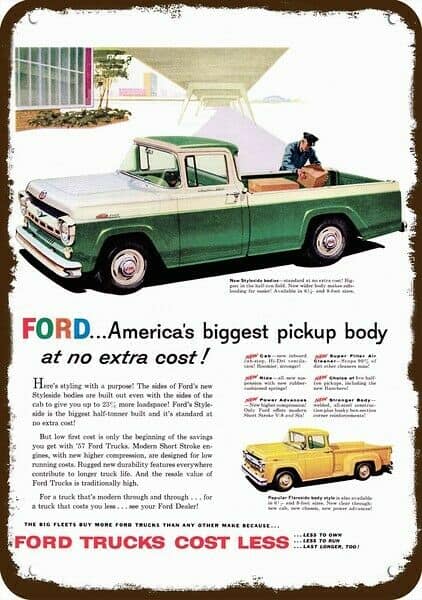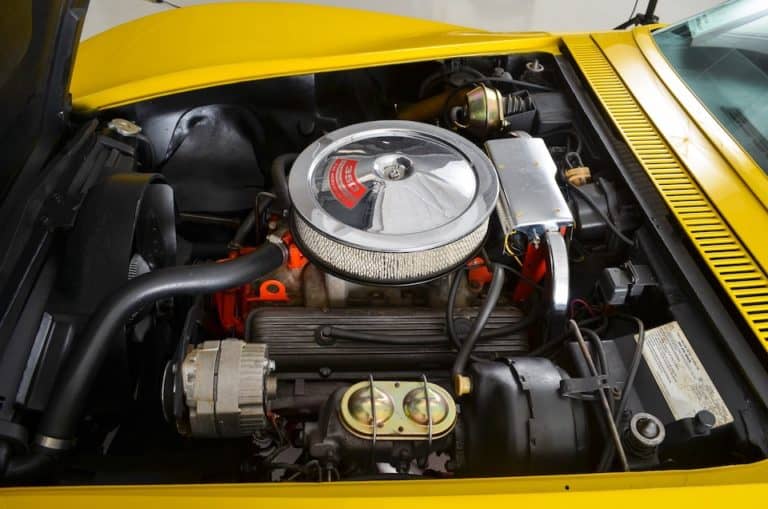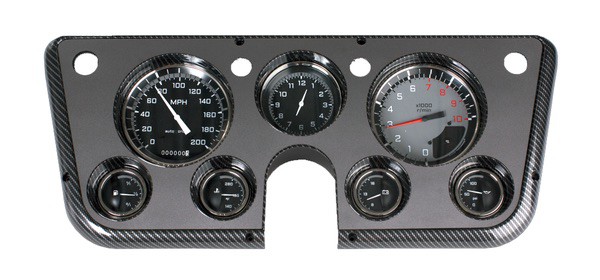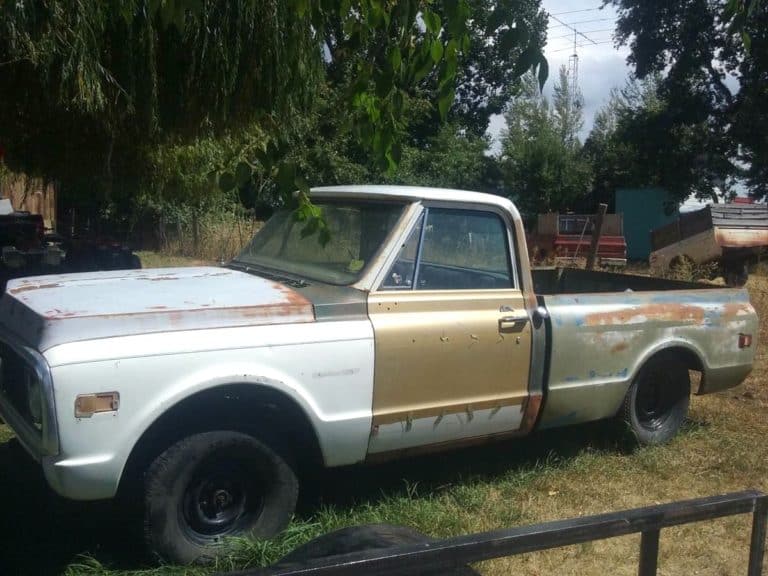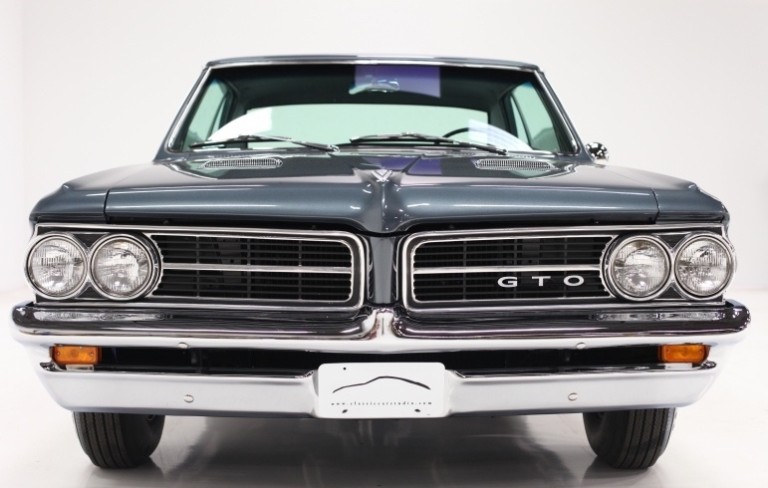What Are The Chevy C10 Lug Bolt Patterns: With Charts
It’s important to know the lug bolt pattern and size of the lug bolt on a classic Chevy truck as some of the information available out there is not always reliable. Whether you are purchasing a set of wheels, or you’re stranded with a flat and need someone to bring you a spare, it’s always a good idea to know the lug spacing of your wheels.
1960 to 1970 Chevy C10s have 6 studs. 1971 to 1987 C10 trucks have 5 studs. The C10 series of General Motors trucks changed the lug bolt pattern, number of studs and the stud diameter one time. This makes it easy to remember what pattern is on a truck.
Here is a short table with the lug bolt pattern changes:
| Truck year | No. of studs | Bolt circle diameter | Stud diameter |
| 1960 to 1970 | 6 | 5.5 | 7/16 |
| 1971 to 1987 | 5 | 5 | 1/2 |
How do I measure my truck’s lug pattern?
Count the number of lug nuts on the hub and that gives you the first number. A 4 lug bolt pattern is measured center to center directly across from each other. With a 5 lug bolts pattern choose any lug bolt and measure the distance between the back of one lug to the center of another that is directly across from it. Be sure that you skip one bolt when measuring. This gives you the second number.
There have been many different lug bolt patterns used on cars and trucks over the years and they are even stated in different terms. Follow along as we give you the facts about wheel lug patterns.

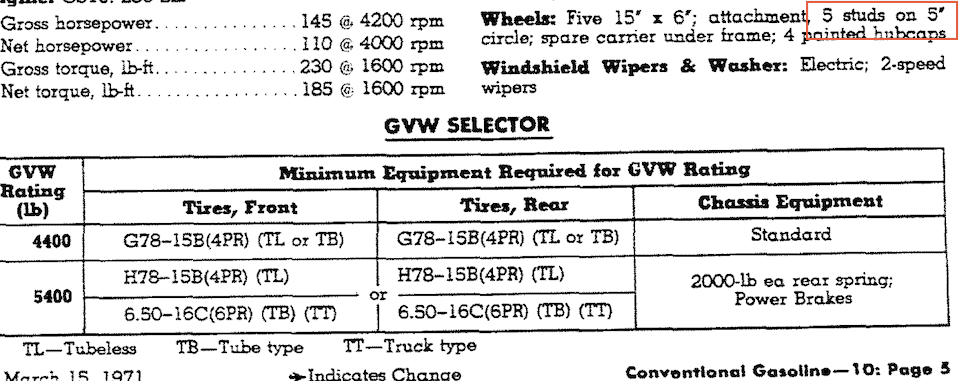
What Is Lug Bolt Spacing?
Different car and truck manufacturers use different amounts of lug bolts to hold the wheels onto your vehicle. There are usually at least four and they can go up to as many as eight on heavy duty pickup trucks. The reason for this is the heavier the car or truck– the more lug bolts it needs to carry the weight.

If you have an F450 Ford that pulls a large fifth wheel trailer the heaviness of the truck/trailer combination plus the torque the engine needs to put to the drive wheels would certainly break off the studs that the wheel slips onto if you only have 4 or 5. That’s why you see a truck of this size with the eight bolt pattern and the stud bolts that the wheel goes on will be closer to one inch rather than the typical 7/16 to 1/2 inch size on smaller 1/2 ton trucks.
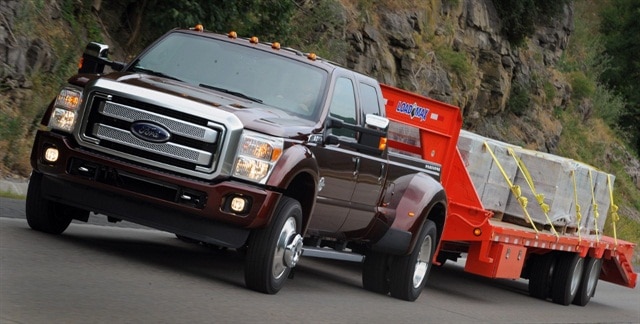
Reliable wheel attachment must start with proper tightening of the lug nuts in order to achieve the clamping force necessary to hold the vehicle’s wheels securely for all operating conditions.
Shoberg and Drumheller
How To Determine Lug Pattern
It’s easy to determine the lug pattern on any vehicle where you can see the lug bolts. In some cases there may be a cover you need to remove to see the lug nuts or you can measure the spare tire bolt hole pattern. If you measure the spare be sure and follow the instructions as if it is mounted to your truck.
Count the number of lug nuts on the hub and that gives you the first number. To get the second number such as a 4 lug bolt pattern, it is measured center to center directly across from each other.
With a 5 lug bolt pattern, choose any lug bolt and measure the distance between the back of one lug to the center of another that is directly across from it. When measuring the 5 bolt pattern be sure that you skip one bolt when measuring. This gives you the second number such as 5 x 5 as an example.

The 6 and 8 lug patterns are measured between the furtherest apart studs which will be directly across from each other. This gives you the second number like 8 x 6.5 as an example.
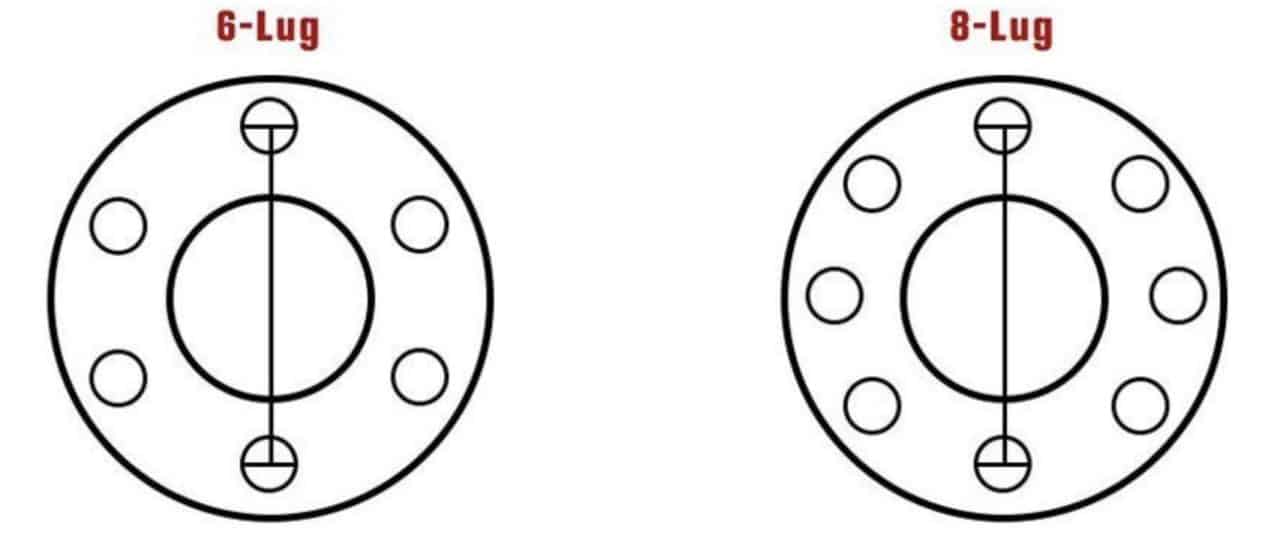
Why Lug Spacing Is Important To Know
It’s important to measure your lug patterns yourself as some times the information on the internet isn’t always correct. An example of this is that it is stated all over the internet that all C10 Chevys have a 5 on 5 pattern. This isn’t true as they had a 6 on 5 1/2 pattern thru 1970.
Sometimes when you custom order wheels– or especially if you buy from a private party on the internet– your wheels may not be returnable or it’s going to cost you shipping fees to send them back.

If you have a flat on your truck or trailer and need someone to bring you a spare, you need to be able to tell them what lug bolt pattern you have so the wheel will fit.
Millimeters Or Inches?
Different manufacturers may state wheel lug spacing in two different terms: inches or millimeters. Here is a conversion table that covers the 4, 5, 6, and 8 inch popular sizes. If you get an odd measurement in inches, the wheel may have a metric pattern. The same is true if you are measuring in millimeters.
4 bolt pattern inches and millimeters:
| 4 x 95.2 mm | 4 x 3.75″ |
| 4 x 100 mm | 4 x 3.94″ |
| 4 x 101.6 mm | 4 x 4″ |
| 4 x 108 mm | 4 x 4.25″ |
| 4 x 114.3 mm | 4 x 4.5″ |
| 4 x 139.7 mm | 4 x 5.5″ |
5 bolt pattern inches and millimeters:
| 5 x 100 mm | 5 x 3.94″ |
| 5 x 108 mm | 5 x 4.25″ |
| 5 x 110 mm | 5 x 4.33″ |
| 5 x 114.3mm | 5 x 4.5″ |
| 5 x 120.6mm | 5 x 4.75″ |
| 5 x 127 mm | 5 x 5″ |
| 5 x 139.7 mm | 5 x 5.5″ |
6 bolt pattern inches and millimeters:
| 6 x 114.3 mm | 6 x 4.5″ |
| 6 x 115 mm | 6 x 4.53″ |
| 6 x 120 mm | 6 x 4.72″ |
| 6 x 127 mm | 6 x 5″ |
| 6 x 139.7 mm | 6 x 5.5″ |
8 bolt pattern inches and millimeters:
| 8 x 139.7 mm | 8 x 5.5″ |
| 8 x 165.1 mm | 8 x 6.5″ |
| 8 x 170 mm | 8 x 6.69″ |
| 8 x 200 mm | 8 x 7.87″ |
Note: Keep a set of your vehicle’s original equipment lug nuts or bolts in the trunk just in case you ever need to use your factory spare tire, which must always be installed with the original equipment lug hardware.
Final Thoughts
This makes it easy when your at a swap meet/truck show and someone has the perfect set of wheels for sale. You now know what fits and what doesn’t fit your C10.
Yes there are adaptors that you can use but then you have to put in longer studs which may cause you to snap them off when doing a burn out. It is much easier to know your pattern so you can get the correct fit the first time. Happy Trucking!
The Tool Box
Here are the wheels that will be going on my 72 C10
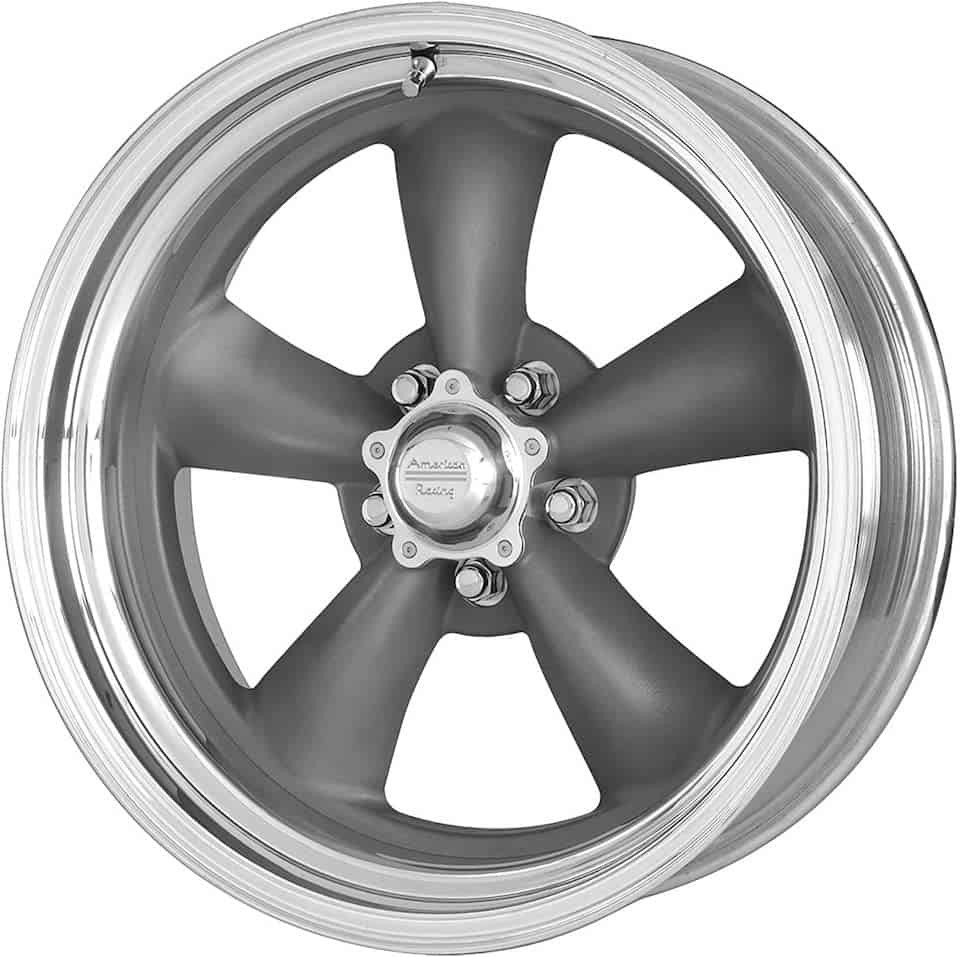
You might need a jack for installation
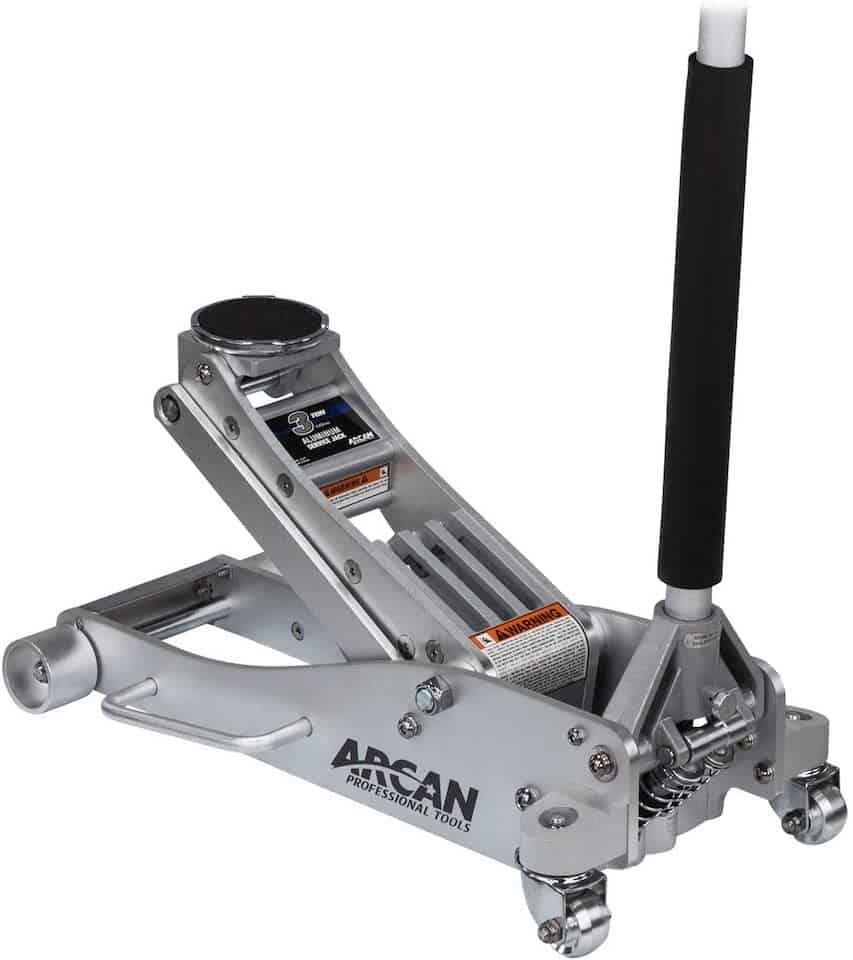

Related Topics
What does Chevy C/K stand for in Chevy trucks? The C (conventional) in front of the series number designates the truck to be a two wheel rear drive while a K designates the truck to be a four wheel drive. The brand of GMC trucks did not use the “C” nomenclature, while their 4×4 versions did use the “K” nomenclature. The GMC model numbers for 1/2, 3/4, 1, and 1.5 ton were 1000, 1500, 2500, and 3000 while Chevy used the 10, 20, 30 and 40.
How much horsepower did the 1977 C10 Chevy have?
- 250 cubic inch 100 HP and 175 foot pounds of torque
- 292 cubic inch 120 HP and 225 foot pounds of torque
- 350 cubic inch 155 HP and 225 foot pounds of torque
- 454 cubic inch 230 HP and 355 foot pounds of torque
- 307 cubic inch 115 HP and 205 foot pounds of torque
Sources: tirerack.com
Shoberg, R. and Drumheller, J., “Lug Nut Tightness Reliability: Application of Torque-Angle Signature Analysis for Installation / Auditing Studies,” SAE Technical Paper 2014-01-0070, 2014
gmheritagecenter.com
Read more about the Chevy C10 in this post
